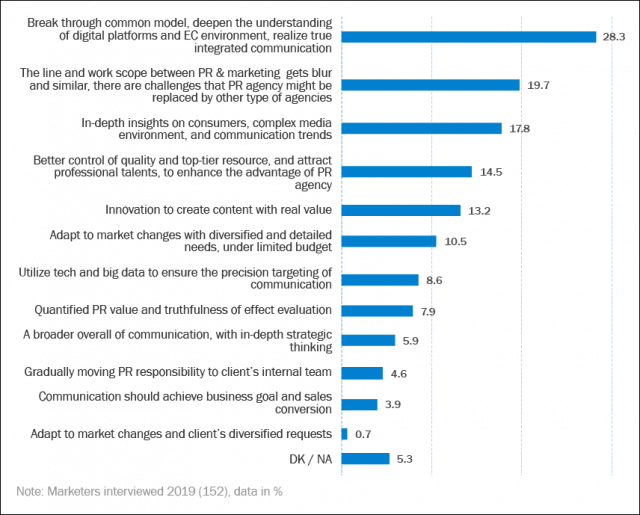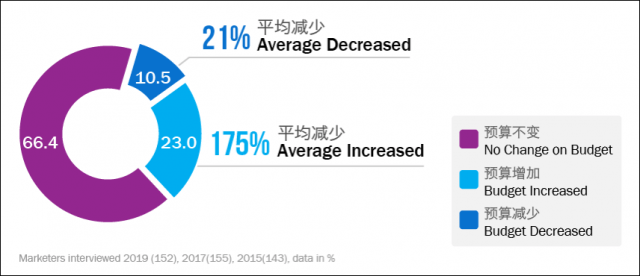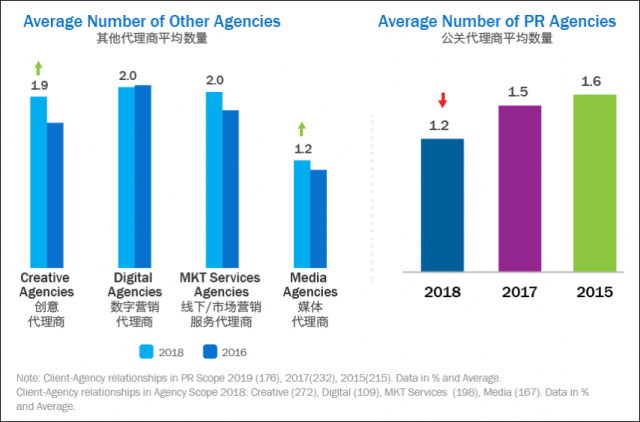Research from R3 charts dramatic changes in how PR agencies are evaluated.

Marketers are demanding more proof that their PR budgets are working, and as a result factors such as sales growth and store traffic are increasingly showing up as key metrics PR agencies are judged by in China, according to research by R3.
Marketers also want their agencies to “break through the common model”, deepen their understanding of digital platforms and e-commerce and “realize true integrated communication”, according to R3.
The pitch-consulting company met with over 150 marketers and corporate-communications leaders over the last four months, covering more than 175 different PR agency relationships across more than 140 agencies. Although this is the fourth wave of the study, R3 reported that it’s the first to reveal “such dramatic outcomes”.
Compared with 2017, the number of marketers listing sales growth and growth in traffic to online and/or offline stores as KPIs they will use to evaluate PR agencies jumped significantly (see chart below). However, so did many other factors, suggesting that brands overall are simply becoming more demanding of proof that their PR budgets are providing ROI.
As a result, R3 said, PR agencies report that they are increasingly utilizing data to prove effectiveness (13.5%) and sales conversions (16.2%).
Digital transformation is driving these changes. “28% of marketers said that the biggest change in the PR industry was the decline of traditional media and the rise of new forms of digital media,” Sabrina Lee, managing director of R3 China, said in a media release. “This has really affected the scope of work for many PR agencies, and has continued to blur the line between PR and other communication disciplines.”
In addition to integrated communication (28.3%), expectations toward PR agencies (see chart below) now center on strategy and creative, which leads to an even more blurred line between PR and other types of agencies (19.7%). PR agencies need to differentiate by enhancing their value proposition in the PR arena (14.5%), while simultaneously developing other capabilities, anticipating marketers’ future demands

While overall PR budgets increased 38% in the last year, R3 said, brands seem to be working with fewer agencies. R3 noted that this might not necessarily mean that relationships between PR firms and clients are stabilizing. It might be partly due to digital/social agencies taking over some of brands’ social-media needs, thus reducing the scope of work for the PR agency.







